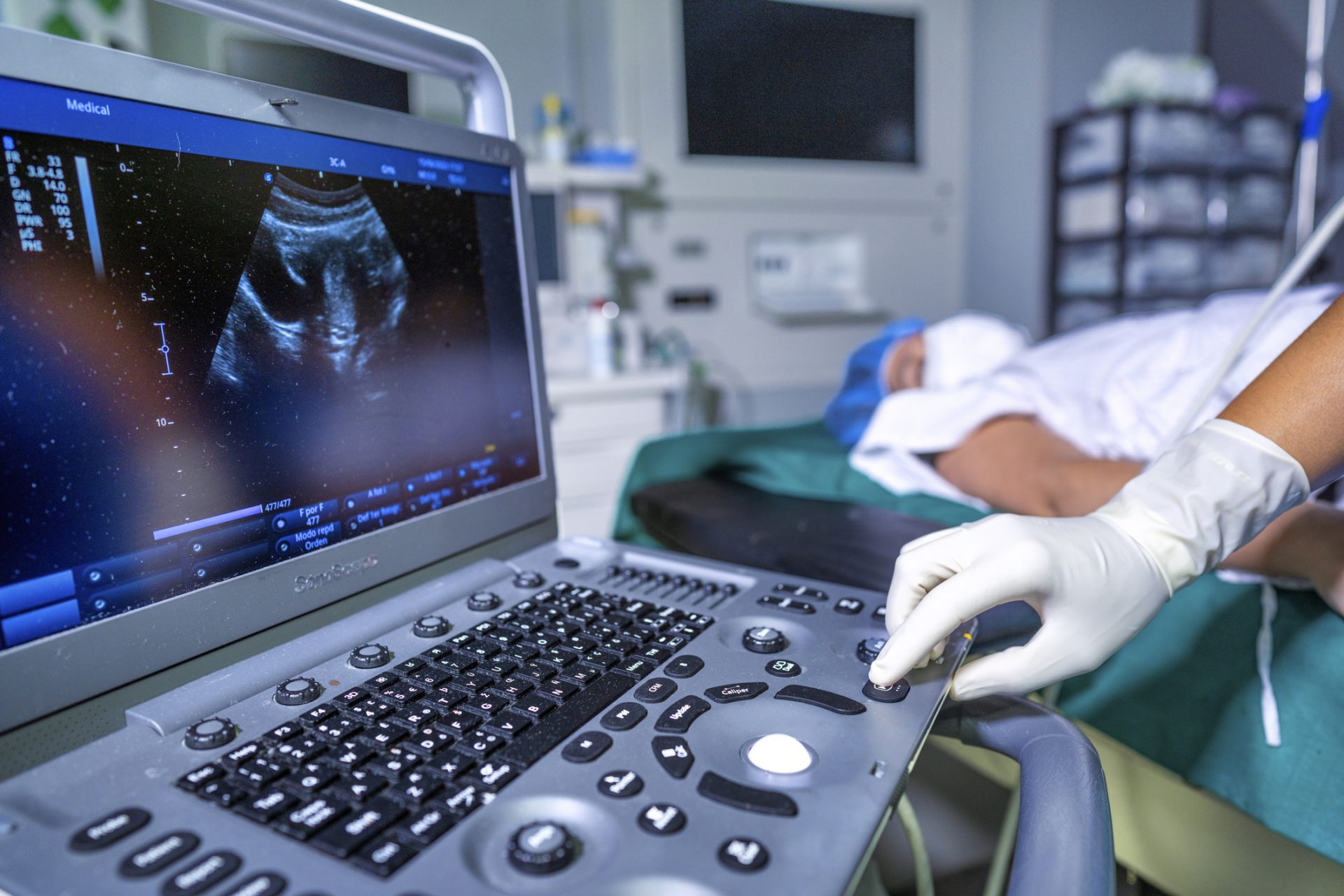Tears of joy: Study finds dogs cry of happiness when reunited with their owners
It’s easy to tell when your dog is happy to see you, mainly because of that incessant tail wagging. But are they so happy they could cry? According to a new study, yes!
The study, published in the journal ‘Current Biology’, found that dogs cry happy tears when their owners come home and in other happy situations.
Image: Wade Austin/Unsplash
Lead author, Professor Takefumi Kikusui, was inspired to conduct the study when his poodle had puppies and he noticed it had tears in her eyes after giving birth.
“That gave me the idea that oxytocin might increase tears,” Kikusui explained, adding that while dogs’ eyes produce tears, they don’t fall in the same ways as humans.
Image: Mike Burke/Unsplash
The researchers performed something called a Schirmer Tear Test on a group of 22 dogs, which involves measuring the animal's tear volume when reunited with their owners after being away from them for five hours.
The researcher from Azabu University in Japan discovered that dogs had more tears in their eyes when reunited with their owners compared to someone who they were familiar with but wasn’t their owner.
Image: Eric Ward/Unsplash
He found that the base level of tears in a dog’s eye doesn’t change when the dog meets someone new, so the increase in “tears” is a reaction to seeing someone the dog knows.
Image: Cynthia Smith/Unsplash
During the study the researchers also added oxytocin to the dogs’ eyes which caused them to fill up with tears, supporting the theory that higher levels of oxytocin, often known as the “love hormone”, are present when a dog sees its owner.
Image: Tamas Pap/Unsplash
Previous studies had found that oxytocin was released when dogs and their owners play, but this is the first study to unify oxytocin and tears in dogs.
Image: Autri Taheri/Unsplash
We know that dogs feel basic emotions such as love, suspicion, joy, anger and fear, but these findings reveal canine emotion in a new light.
Image: Stephen Andrews/Unsplash
“We had never heard of the discovery that animals shed tears in joyful situations, such as reuniting with their owners, and we were all excited that this would be a world first,” Kikusui said.
Image: Manuel Meza/Unsplash
“Dogs have become a partner of humans, and we can form bonds. In this process, it is possible that the dogs that show teary eyes during interaction with the owner would be cared for by the owner more.”
Image: Luisa Schetinger/Unsplash
"Unlike any other animals, dogs have evolved or have been domesticated through communication with humans and have gained high-level communication abilities with humans using eye contact," wrote the authors in the paper.
The authors hypothesize that this response may have evolved to make dogs more likely to be cared for by humans, similarly to "puppy dog eyes”.
Image: Kindred Hues Photography/Unsplash
The research team now want to test if dogs can cry when they are faced with negative emotions.
Image: Ryan Stone/Unsplash
They are also looking into whether dogs can cry happy tears when they are reunited with their canine pals.
Image: Alvan Nee/Unsplash
More for you
Top Stories





























